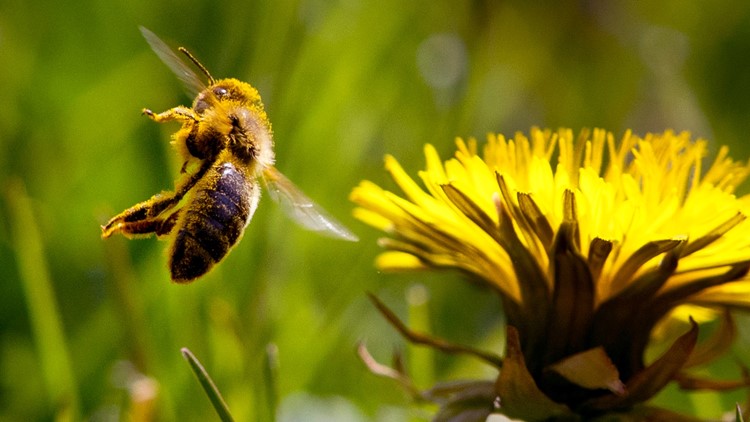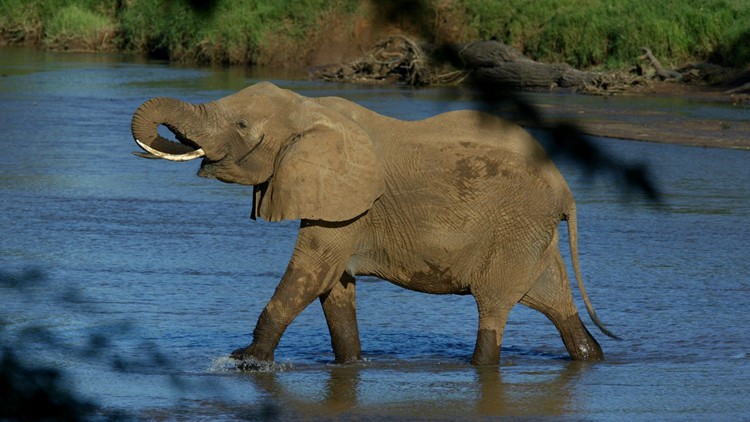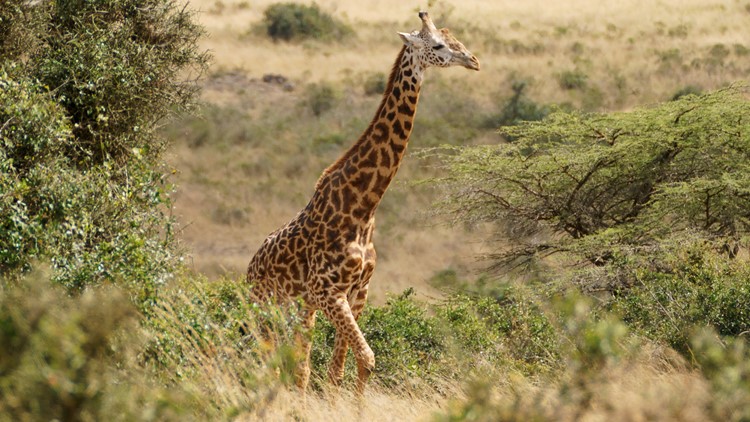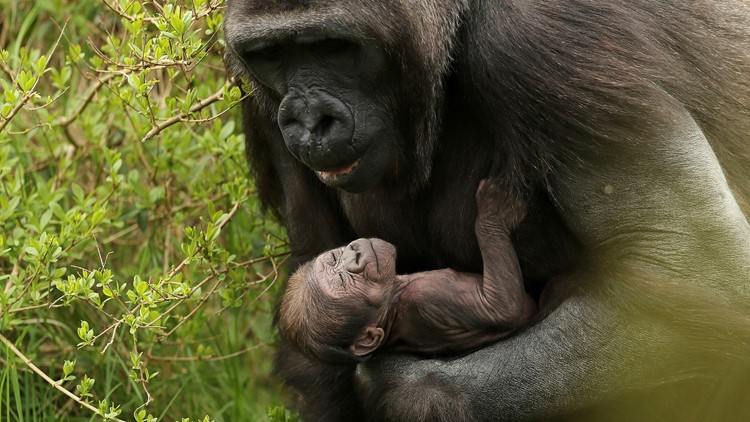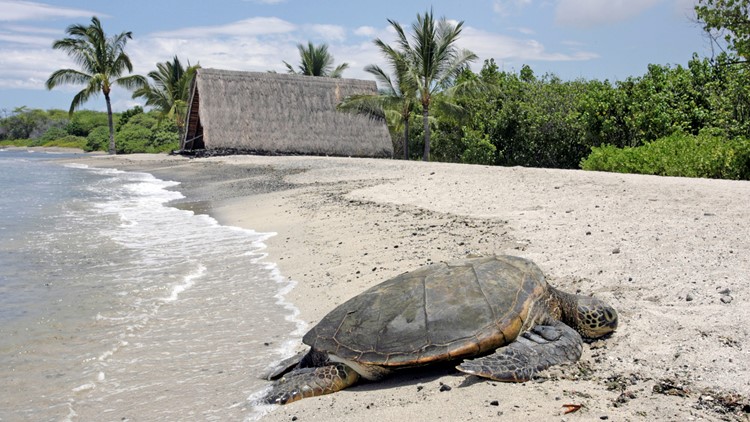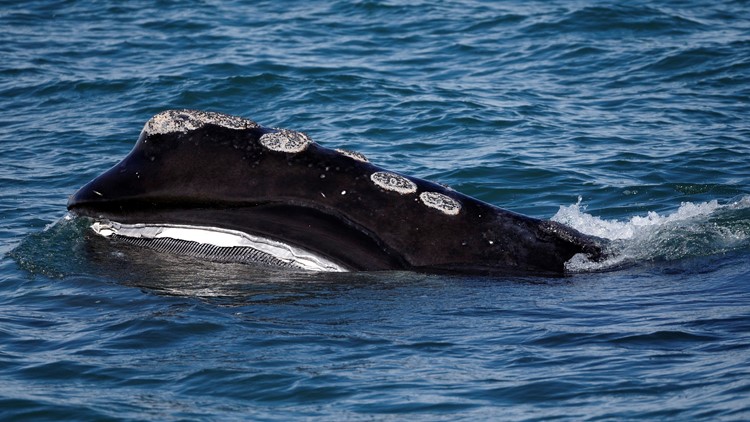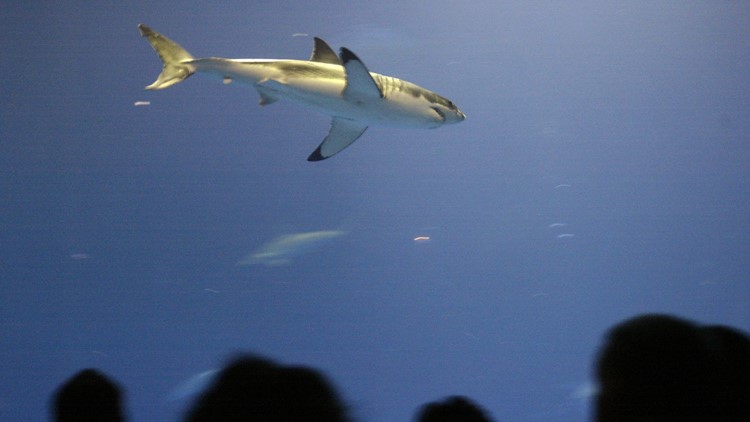It's widely known that Earth Day is celebrated on April 22 every year, but one thing that has changed in recent years that some might not be aware of is the Earth Day organization has focused on specific themes for each year.
According to Earthday.org, one billion people participate in Earth Day each year in nearly 192 countries. Next year will mark the 50th anniversary of earth day.
This year is “Protect our species," and focuses on promoting awareness of 14 species that are being threatened by humans, according to Earth Day. Those species include animals, insects and even plants.
Take the coral reefs for example. The coral reefs play an important role in protecting other species and feeding them, serving as a home to many marine animals, keeping over 150,000 species alive and thriving. But the coral reefs are threatened daily by man-made pollutants like trash and sewage among many other things.
RELATED:
Trees and plants are equally also in deep trouble. Trees take up about 30.6% of the earth’s land area, and within a single year (2015-2016), 73.4 million acres of trees were lost because of deforestation, climate change, insects, and forest fires.
Additionally, there are about 8,800 species of plants threatened with extinction. Other species facing drops in population include 45% of all insects, 40% of various bird species crustaceans and fish.
Here are the other seven of Earth Day's 14 species threatened with extinction:
Earth Day 2019: Seven species threatened with extinction
- Bees: Bee hive losses have been reported at 30% or higher in the United States and Europe in the past 10 years. Anywhere from 50 to 1,000 flowers can be pollinated in one trip by bees. There are 369,000 plant species that rely on bees. Bees are threatened by pesticides, GMOs, climate change, loss of habitat, viruses, diseases, and many other threats.
- Elephants: Elephants are seeing a rapid decline in population with only 500,000 left on the planet. That may seem like a lot, but the decline over almost 90 years has been down from 5-10 million. Each year about 20,000 elephants are poached for their tusks. The biggest threat to elephants are poaching, habitat loss and climate change.
- Giraffes: Three of the nine giraffe subspecies are seeing population declines with less than 1,000 species remaining. Right now, about 80,000 giraffes remain, according to the African Wildlife Foundation. The biggest threats are poaching, habitat loss, and climate change.
- Great Apes: Great Apes include chimpanzees, orangutans, bonobos, and gorillas, spanning areas of Africa and Asia. The declining populations of lowland gorillas has fallen 77% in the last two decades. Chimps have fallen from two million to 300,000. And the Bornean orangutan has lost about half its population since 1999 to 150,000.
- Sea turtles: Sea turtles have undergone the test of time as one of the oldest creatures on the planet; even surpassing dinosaurs. Sea turtle species are declining rapidly. The main threats to sea turtles include: plastic pollution, climate change, habitat loss (where they lay their eggs), and bycatch (being caught in nets or fishing lines).
- Whales: The whale population has declined as a whole with 48 known species being hunted, caught in nets, affected by climate change and pollution, and even hit by boats. The fin whale in particular has seen its numbers drop from 720,000 to about 20,000 in the last century.
- Sharks: Sharks are one of the top predators of the food chain and necessary for the survival of other animals and fish. The biggest threat to sharks are humans. Within 10 years, 2000-2010, 100 million sharks were killed each year for their meat and fins.
________________________________________________________________



